Physics
Sign up for our newsletter
We summarize the week's scientific breakthroughs every Thursday.
-
 Physics
PhysicsA new optical atomic clock’s heart is as small as a coffee bean
Optical atomic clocks are extremely good at keeping time, and they’re on their way to becoming pocket watches.
-
 Science & Society
Science & SocietyMurray Gell-Mann gave structure to the subatomic world
Best known for his quarks, the preeminent theoretical physicist was also a complexity pioneer
-
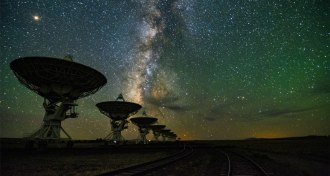 Physics
PhysicsBig black holes can settle in the outskirts of small galaxies
Astronomers have found dozens of surprisingly massive black holes far from the centers of their host dwarf galaxies.
-
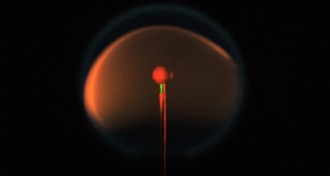 Physics
PhysicsSpherical flames in space could solve the mystery of soot-free fires
In microgravity, flames are sphere-shaped. Tests of fire on the International Space Station are helping show how gases flow within flames.
-
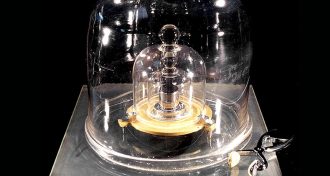 Physics
PhysicsThe kilogram just got a revamp. A unit of time might be next
After years of preparation, new definitions for the basic units of mass, temperature and more have now gone into effect.
-
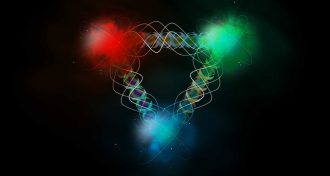 Quantum Physics
Quantum PhysicsAn experiment hints at quantum entanglement inside protons
Particles inside protons seem to be linked on a scale smaller than a trillionth of a millimeter.
-
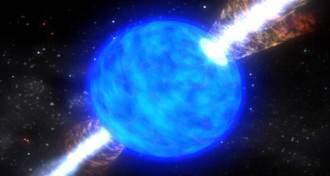 Astronomy
AstronomyDying stars called collapsars may forge much of the universe’s gold
Spinning stars that collapse into black holes could help explain the origins of heavy elements such as gold and silver.
-
 Physics
PhysicsWhat a nearby kilonova would look like
Physicists imagined what we’d see in the sky if two neutron stars collided just 1,000 light-years from Earth.
-
 Physics
PhysicsLIGO is on the lookout for these 8 sources of gravitational waves
Gravitational wave hunters are on a cosmic scavenger hunt. Here’s what they’re hoping to find.
-
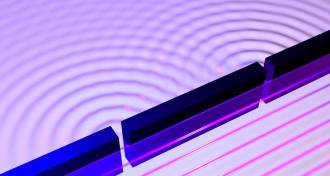 Quantum Physics
Quantum PhysicsAntimatter keeps with quantum theory. It’s both particle and wave
A new variation of the classic double-slit experiment confirms that antimatter, like normal matter, has wave-particle duality.
-
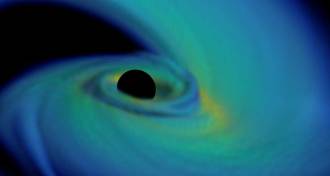 Physics
PhysicsLIGO and Virgo made 5 likely gravitational wave detections in a month
It took decades to find the first gravitational wave event, and now they’re a weekly occurrence.
-
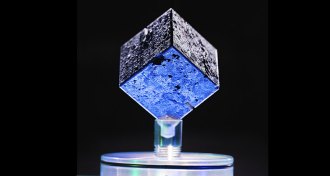 Physics
PhysicsHow scientists traced a uranium cube to Nazi Germany’s nuclear reactor program
New research suggests that the Nazis had enough uranium to make a working nuclear reactor.